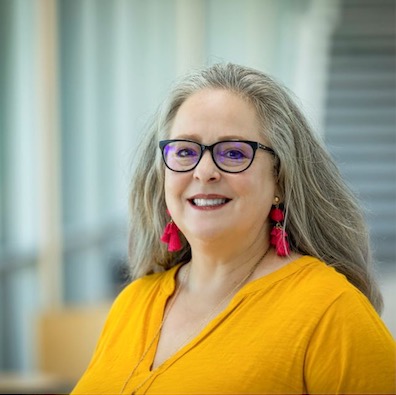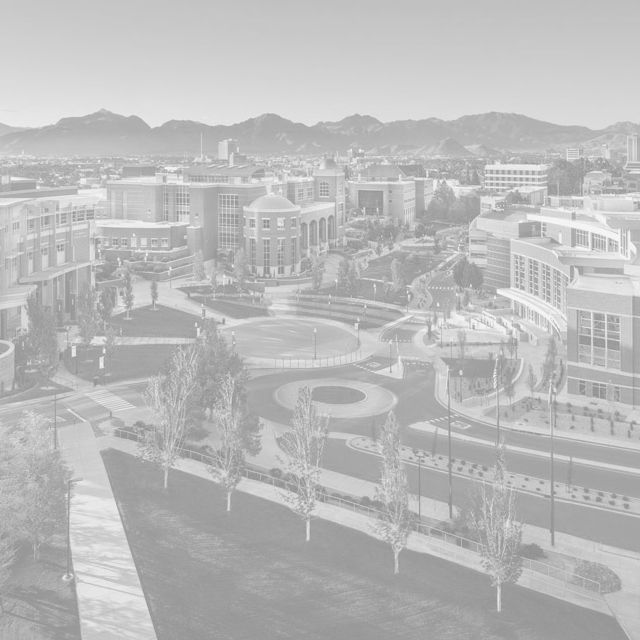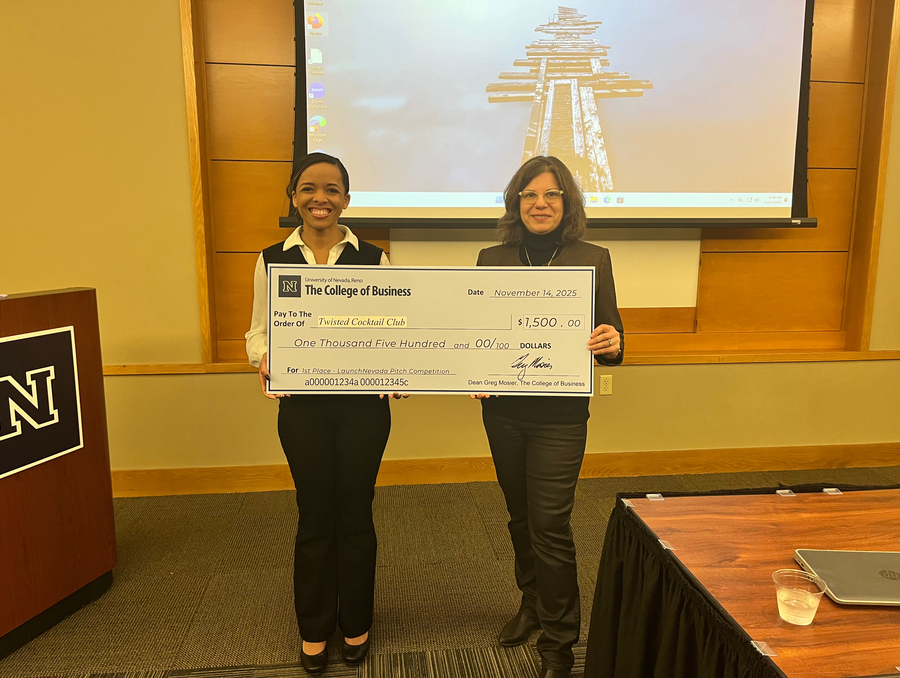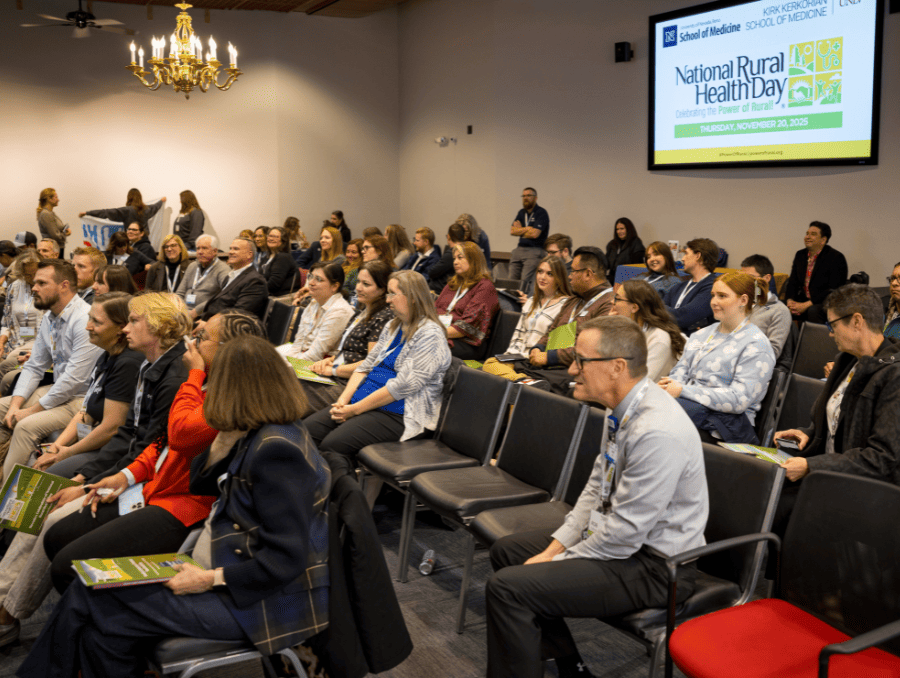Stop limiting beliefs about people of all ages
Five steps to take this Ageism Awareness Day, Oct. 7
Ageism is by definition the prejudice or discrimination on the grounds of a person’s age. Ageism is an increasing problem in our society, as it sets limiting beliefs – not just about older adults, but about people of all ages. Ageism can take on many forms, in the workplace, in health care, in marketing and even in your own home.
Workplace ageism is often thought to only be a problem with older adults, but there are also stereotypes held about younger employees, such as that they may be lazy, spoiled, unpredictable, unreliable or unprofessional. As for older employees, employers sometimes think that as people get older, they often don’t have the same fortitude to complete tasks as younger employees. This could not be further from the truth. Research shows that older adults, on average, are just as productive as younger employees. In addition, according to the CDC, older adults who continue to work tend to be much healthier than those who have retired or are unemployed.
In health care, ageism can negatively affect a person’s health. Yale University analyzed 422 studies involving ageism in 45 countries from 1970 to 2017. The studies included data from 7 million older people and specifically addressed age discrimination and health outcomes. The Yale research team found evidence that ageism led to worse outcomes in a number of mental health conditions, including depression, and a number of physical health conditions, including shorter life expectancy. These same Yale researchers found in another study published in the multidisciplinary PLOS ONE journal and in YaleNews that positive age beliefs about oneself can lead to less dementia, even in older adults who carry one of the strongest genetic risk factors for developing dementia. So, we need to try and curb all the old-age jokes and negative ageist self-talk, such as those about getting more forgetful or needing reading glasses. Those thoughts have literally been shown to decrease life expectancy, and in some, bring on fewer desirable outcomes of aging.
In marketing, we have all heard, seen or even referenced the “I’ve fallen and I can’t get up” commercial. And although it may be a good tactic for a commercial marketing a life alert device, it does not depict an accurate representation of all older adults. In fact, Forbes [1], a global media company, conducted a survey that showed that three-quarters of consumers age 55+ can be recognized as active agers, meaning they are mentally, socially and technologically active. This group of active agers also control 70% of the wealth and account for 40% of all consumer expenditures. What do these active agers spend their money on? The same things other younger adults spend their money on: food, housing, transportation and travel. Surveys conducted by Forbes continue to show that the three specific stereotypes are a lack of ability or desire to use technology, physical weakness or frailty, and mental inferiority or cognitive decline. These stereotypes exist, and it is important to dispel them.
What are some things we can do to combat ageism in others, and most importantly, in ourselves? Here are five things The Hartford, an insurance company that partners with AARP and its older adult members, says you can do to help:
- Recognize it. To create awareness requires understanding that there is a problem. In other words, you must know what needs to be changed, even if that is your own perception.
- Speak up! If you hear something ageist, consider pointing it out. Rather than make someone feel defensive, calmly tell them you think they might not have realized what they said was ageism. Even referring to someone as Boomer or elderly can be rephrased to born in the Baby Boom era or older adult.
- Ask yourself, “Would I like it?” Treat all people, including other older adults with the respect you want. Think about how you would like to be referred to as an older person. Think back on times where you may have been patronized or talked to like a child, or perhaps called “honey” or “dear” or even “young lady.” This is called elderspeak, which is a form of ageism.
- Be inclusive. Promote intergenerational experiences. Volunteer at an elementary or high school. Start a conversation with a younger colleague or member of an organization or church you attend. Take a class, which is often offered for older adults at local universities for a reduced cost or free if space is available. Visit University of Nevada, Las Vegas’ Osher Life Long Learning Institute (OLLI) and Senior Citizen Program, University of Nevada, Reno’s Osher Lifelong Learning Institute and Sanford Center for Aging, and Truckee Meadows Community College’s Senior Sunshine Fund for more information on free classes or tuition assistance for Nevada residents 62 years of age or older.
- Give yourself a break. If you are thinking that some behavior you thought was okay and respectful can be taken as ageism, now you are enlightened! You can make a choice and an effort to refrain from that or choose other words in the future. Like the late great Maya Angelou said, “Do the best you can until you know better. Then when you know better, do better.” This can apply to so much in life… especially when it comes to ageism!
[1] Forbes ageism in advertising
Natalie Mazzullo, M.Ed., is coordinator for Healthy Aging in Extension, a unit the College of Agriculture, Biotechnology & Natural Resources. She received her bachelor's degree in Community Health Education from the University of Nevada, Las Vegas in 1997 and a Master of Education in educational technology in 2004 from Lesley University, Cambridge. Mazzullo has been working in the field of aging for more than 12 years.













